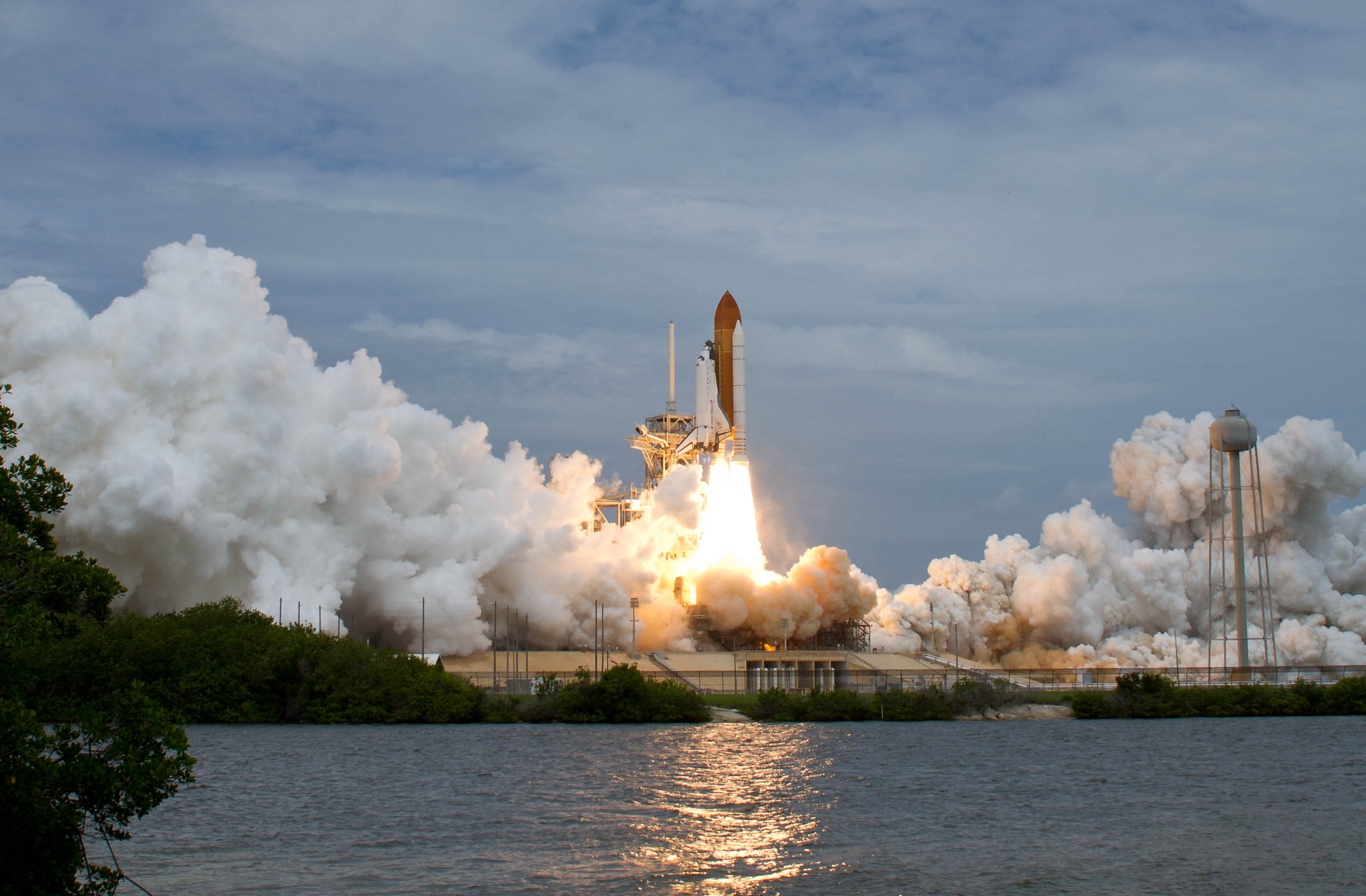Saturday, July 9, 2011
Planned Obsolescence
This morning the space shuttle Atlantis launched from the Kennedy Space Center in Florida. By Sunday afternoon, if all goes according to plan, she will have docked at the International Space Station for the final time. With some luck and much effort and skill, two weeks from now she'll be back on the ground in Florida or California. No space shuttle will ever fly again.
The phasing out of the Space Shuttle Program reminds me of the Concorde's retirement in 2003. No other machine built by humans (with the exception of a limited and confused Soviet copycat program) does quite what the shuttle does, or does so in such a grandiose way. Several launch vehicles exist today that can launch as much payload into orbit as a shuttle, but none of them can take that same payload from space back to Earth. Nearly every spacecraft that's ever been launched has never felt a human touch after the payload fairing was closed was closed around it. Thanks to the space shuttle, the Hubble Space Telescope, Mir, the ISS, and a small gaggle of communications satellites have been serviced, repaired, refueled, and upgraded much to their benefit. Not quite a rocket, not quite a spacecraft, not quite an airplane, but all of these things at once, the space shuttle is a remarkable vehicle that will surely be admired for centuries to come.
Like the Concorde, though, the shuttles' retirement makes a cold, rigid sense in spite of their unique capabilities. It was very difficult to build a business case for the Concorde, in spite of so much tilting the tables in its operators' favor. The state-owned Concorde customers paid nothing at all for the airplane's development and virtually nothing for the airplanes themselves. Since there was no initial investment, a grounded Concorde was essentially no cot to British Airways. Grounding a 737 costs Southwest Airlines about $10,000 a day in amortization alone if the aircraft's sticker price is to be believed. Despite this, and despite the marvelous engineering that allowed Concorde to achieve nearly the same fuel economy as subsonic airliners, it could only carry a quarter of the passengers of a full 747, quadrupling its seat-mile costs. So long as there are many wealthy and impatient customers in New York City, London, DC, and Paris, the model closes, but it was always tenuous at best. And so the Concordes sit in museums, soon to be joined by the three remaining space shuttle orbiters.
The combination of capabilities the space shuttle combines is impressive on a scale that inspires awe. In engineering, though, everything has a price, and the price in blood, sweat, and dollars to keep the shuttles flying just doesn't make sense anymore. The Bush administration knew this when it put the writing on the wall by mandating their retirement by 2010 seven years ago. So the target date slipped a year. It happens, but we all knew this was coming.
In the midst of all this nostalgia, it's important to remember that American human spaceflight is not dead, it's simply retooling, becoming a leaner, more organized, more utilizable beast. The age of widespread space travel will come to humanity, and the United States will probably be the nation that pioneers this. The Space Shuttle Program fits into this journey obliquely, in its own odd and twisted way, and so I think the best response to this last flight is respect for the lessons learned and wonder at the beauty of these machines while flying. Godspeed, Atlantis, and fly safely.
Subscribe to:
Post Comments (Atom)

No comments:
Post a Comment